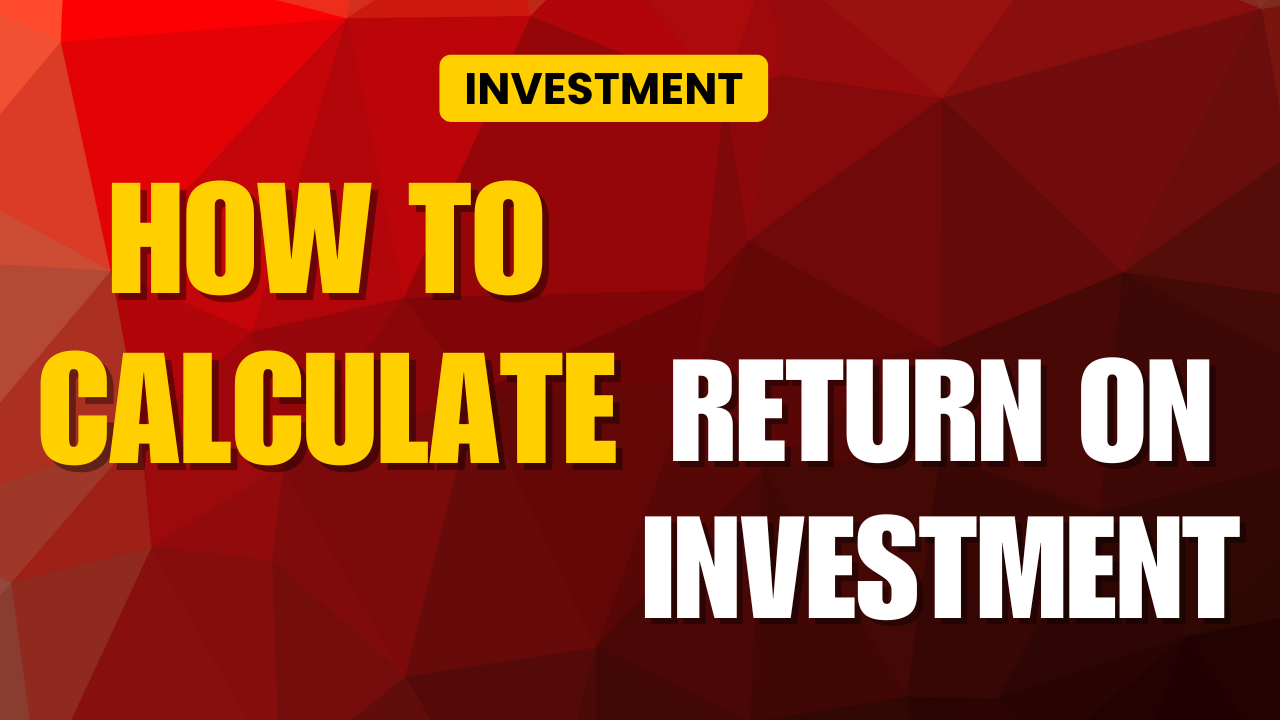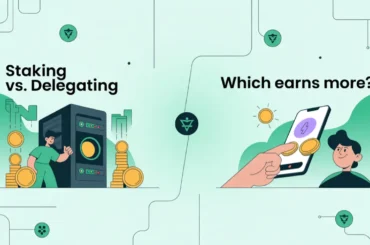Introduction
Have you ever thought about whether your money is working as hard as you are? You can use one simple tool to find out how well your investment is paying off, whether you’re putting money into a small business, buying a rental property, or conducting an online marketing campaign. Return on Investment (ROI) In simple terms, ROI tells you how much money you make compared to how much you spend. You want to know if you won big or if you need to change your plan, just like looking at the scoreboard after a game. This guide will show you step by step how to figure out ROI, with examples that make sense in the real world. You’ll be able to use ROI to make better financial decisions at the end, and you don’t need a math degree to do it!
What is ROI?
Return on Investment, or ROI, is a metric used to quantify how much value you receive for your money. This percentage indicates the amount of profit (or loss) you have made on an investment in relation to the initial investment. Think of it like planting a seed: you invest time and money to grow a tree, and ROI shows you how much fruit you got in relation to your work. Investors rely on it to select profitable stocks or real estate, marketers use it to gauge the success of ads, and businesses use it to determine whether a new project is worthwhile. The ROI’s beauty? It is easy enough for anyone to understand and strong enough to direct important choices.
ROI Formula
Here’s the magic formula for ROI:
ROI
=
(
Net Profit
Cost of Investment
)
×
100
\text{ROI} = \left( \frac{\text{Net Profit}}{\text{Cost of Investment}} \right) \times 100 ROI=(Cost of InvestmentNet Profit)×100
Let’s unpack it:
- Net Profit: What you earn minus what you spent. If you sell something for $200 that cost you $150, your net profit is $50.
- Cost of Investment: The money you put in upfront—like the $150 in our example.
- Multiply by 100: This turns the number into a percentage, so it’s easier to read.
For example:
ROI=(15050)×100=0.3333×100=33.33% That’s a 33.33% return—meaning you made a third of your investment back as profit. Simple, right?
How to Calculate ROI – Step-by-Step
Calculating ROI doesn’t have to feel like rocket science. Here’s a clear, step-by-step process anyone can follow:
- Figure Out Your Total Return: How much money did you make? This could be sales, rental income, or what you sold an asset for.
- Subtract the Cost: Take that total return and subtract what you invested to find your net profit.
- Divide by the Cost: Divide your net profit by the original investment cost.
- Make it a Percentage: Multiply by 100 to get your ROI as a percentage.
Let’s try it with a real example: You spend $1,000 on a used bike, fix it up, and sell it for $1,400.
- Total Return: $1,400
- Cost: $1,000
- Net Profit: $1,400 – $1,000 = $400
- ROI: ($400 ÷ $1,000) × 100 = 40%
You’ve got a 40% ROI—nice work!
Here’s a table to visualize it:
| Investment | Cost | Return | Net Profit | ROI |
|---|---|---|---|---|
| Bike Flip | $1,000 | $1,400 | $400 | 40% |
| Online Ad Campaign | $500 | $800 | $300 | 60% |
| Rental Property | $50,000 | $55,000 | $5,000 | 10% |
Examples of ROI in Real-Life
ROI isn’t just a buzzword—it’s everywhere! Here are three examples to show how it works in different situations:
- Real Estate: You buy a fixer-upper for $100,000, spend $20,000 on repairs, and sell it for $150,000. Your cost is $120,000, net profit is $30,000, so ROI is ($30,000 ÷ $120,000) × 100 = 25%. A solid win!
- Digital Marketing: A business spends $1,000 on Google Ads and earns $3,000 in sales. Net profit is $2,000, and ROI is ($2,000 ÷ $1,000) × 100 = 200%. That’s a home run for marketing!
- Startup: You invest $10,000 in a friend’s coffee shop and get $12,500 back after a year. Net profit is $2,500, so ROI is ($2,500 ÷ $10,000) × 100 = 25%. A tasty return!
These examples prove ROI is a universal tool, whether you’re flipping houses or brewing lattes.

Why ROI Matters
Why should you care about ROI? Because it’s like a financial compass—it points you in the right direction. Here’s why it’s a game-changer:
- Smarter Choices: ROI helps you pick the best investments by comparing returns. Should you buy stocks or a rental property? ROI has the answer.
- Performance Check: It shows if your money’s growing or if you’re stuck in a dud investment.
- Budget Power: Businesses use ROI to decide where to spend—new equipment or more ads? It’s all about maximizing impact.
In short, ROI keeps you focused on what works, saving you time and money.
Limitations of ROI
ROI is awesome, but it’s not flawless. Here’s what it misses:
- Time: A 50% ROI over 10 years isn’t the same as 50% in one year. Time changes the story, and ROI doesn’t factor that in.
- Risk: A high ROI might come from a risky bet—like crypto or a startup. ROI won’t warn you about the gamble.
- Hidden Costs: Things like taxes, repairs, or your own time might not show up in the basic formula, skewing the results.
So, while ROI is a great starting point, pair it with other tools for the full picture.
Tips to Improve ROI Analysis
Want to level up your ROI game? Try these tricks:
- Add Time to the Mix: Calculate “annualized ROI” to see how your return stacks up year by year.
- Count Every Penny: Include all costs—fees, shipping, even your effort—to get a true number.
- Use Tech: Free online ROI calculators can save you time and catch mistakes.
- Know Your Benchmarks: A 10% ROI might be amazing in real estate but meh in tech. Check what’s normal for your field.
These tweaks make your ROI sharper and more reliable.
Sources of Investment Return
Investment Type Comparison by ROI-Related Metrics
Conclusion
ROI enables you to determine whether or not your investment is performing well. You can determine your profit margin using a straightforward formula. It is effective for marketing, business, and even personal projects. Despite its flaws, it’s still among the greatest methods for handling your finances. Try it now that you understand how it operates. Find out what your return on investment (ROI) is by using a calculator and selecting an item you have already purchased. Make the most of your financial resources.











2 Comments
Suppose you could calculate the ROI of a past investment, would you do it? If yes, which investment would you choose and why? If not, why not? Share your thoughts on the ethical implications and potential consequences of this hypothetical scenario.
Yes, I would. I’d look at my first real investment because it taught me a lot, not just about money but about risk and decision-making. Knowing the actual ROI would help me learn from it and make better, more responsible choices in the future.